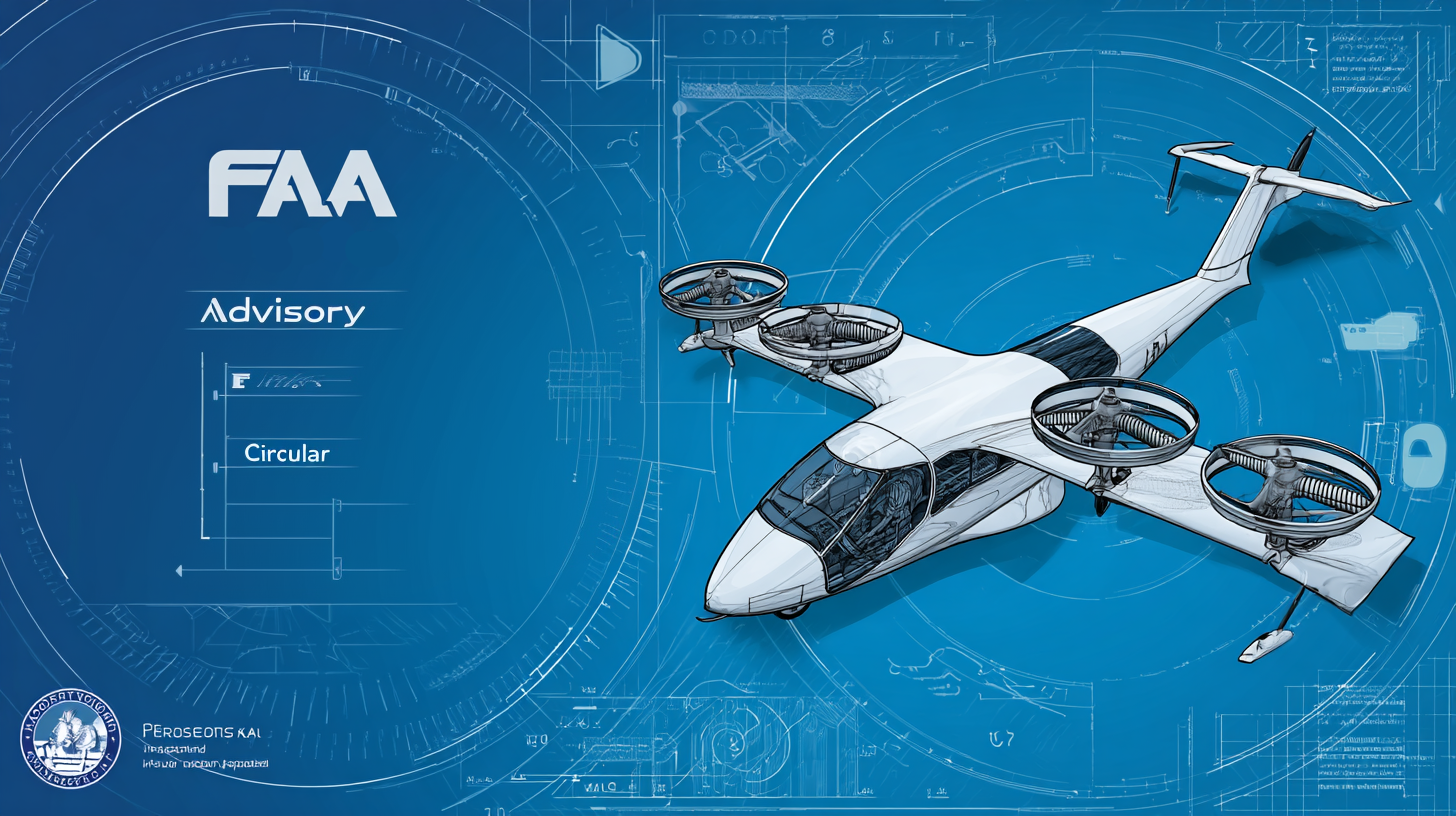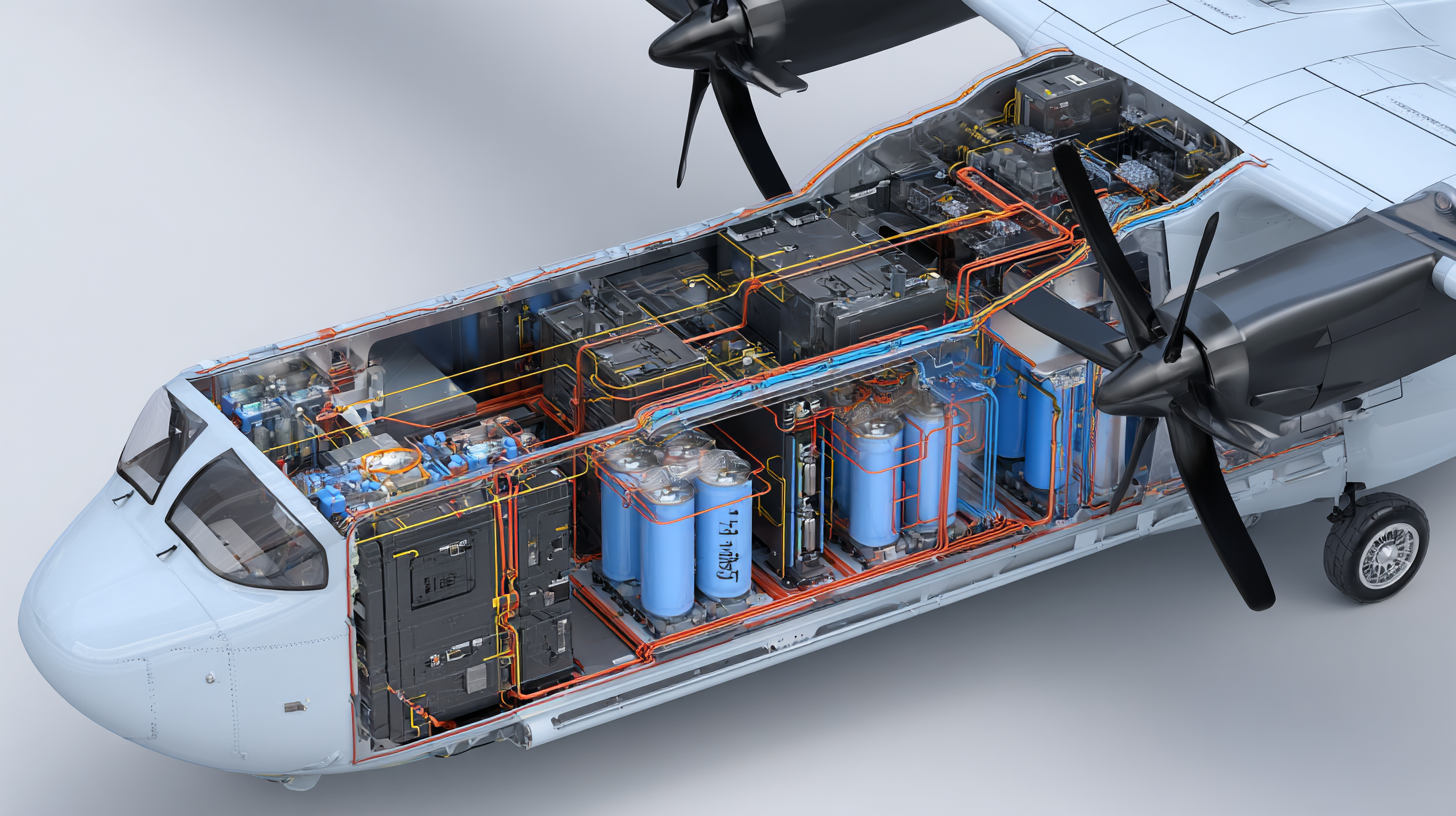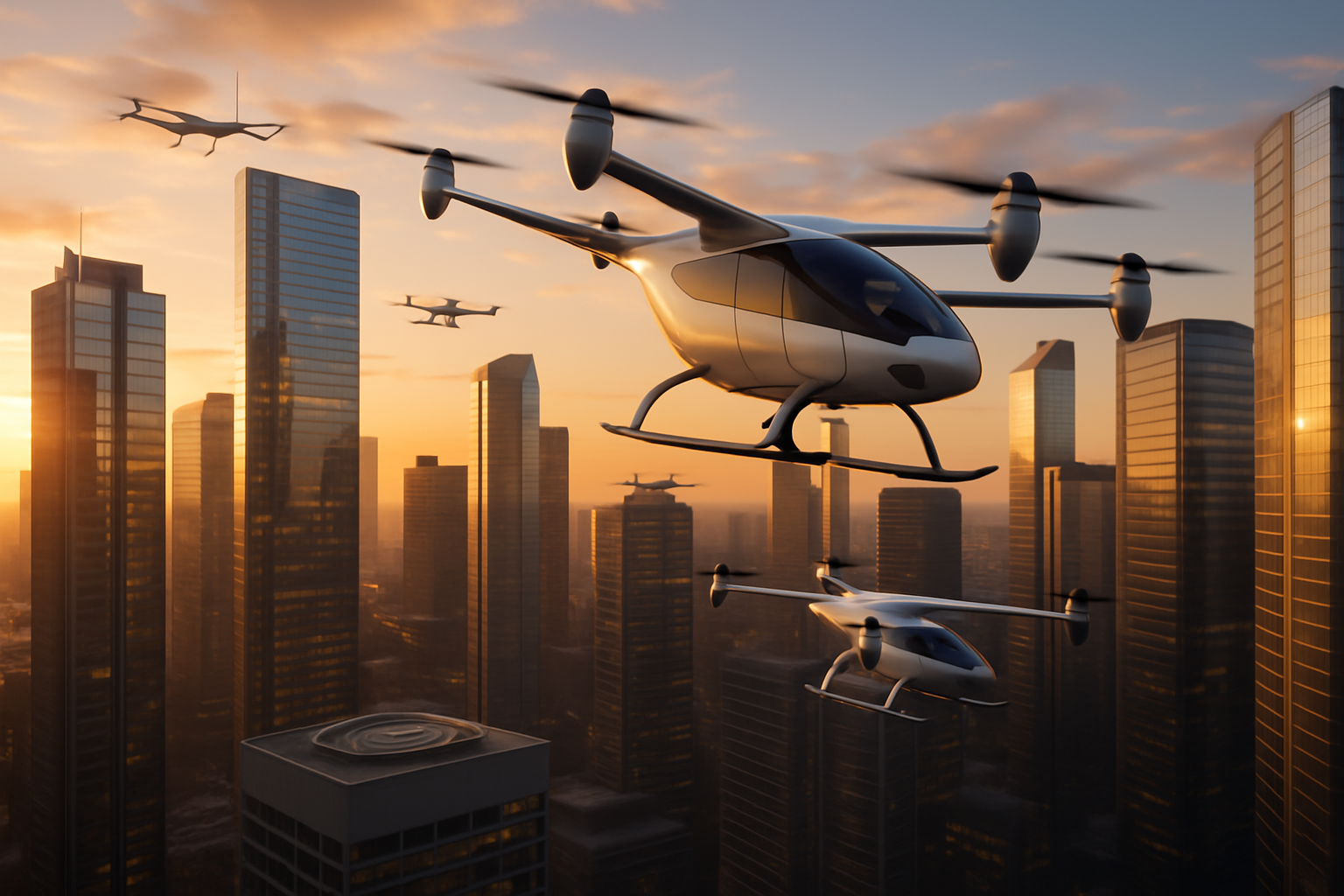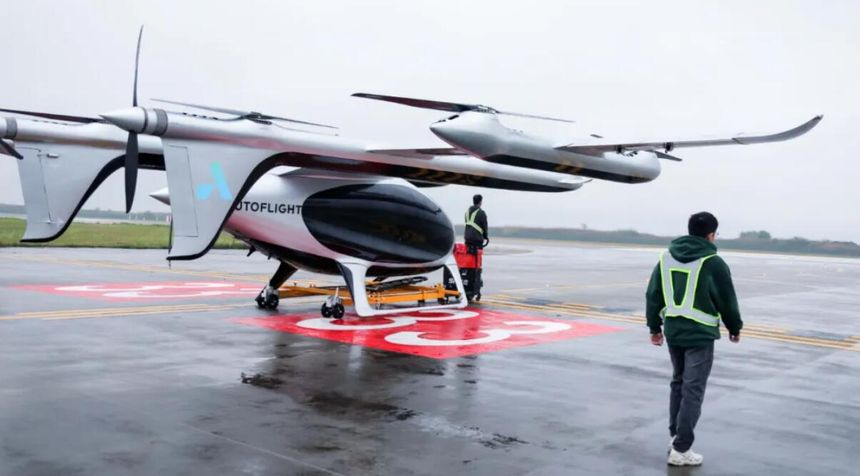On July 18, 2025, the Federal Aviation Administration (FAA) quietly released its long-anticipated Advisory Circular (AC) detailing certification guidance for powered-lift aircraft. This marks the first comprehensive certification framework for a new civil aircraft category since helicopters were introduced nearly 80 years ago. The new AC advisory circular provides a baseline for manufacturers pursuing type, production, and airworthiness certification of powered-lift vehicles, such as electric vertical takeoff and landing (eVTOL) aircraft.
Low-Altitude Economy | Urban Air Mobility | eVTOL Aircraft | Drone Services
The transformation of Shenzhen from a fishing village to China's technology capital has been well documented, but its latest shape shift into a significant force in the global low-altitude economy represents a major development in urban mobility. While cities across the globe work to understand and adapt China's integrated approach to three-dimensional urban mobility, Shenzhen's Qianhai special economic zone has established a leading position in demonstrating how strategic policy innovation, industrial clustering, and cross-border integration can accelerate the commercialization of low-altitude technologies.
The eVTOL industry has reached a point where commercial viability hinges primarily on power generation systems rather than aerodynamic configurations. Although industry discourse frequently centers on the merits of multirotor versus lift+cruise designs, the true competitive advantage emerges from an aircraft's efficiency in generating, managing, and distributing power across its entire operational spectrum.
On June 17, 2025, aviation regulators from five countries released a roadmap that could determine whether urban air mobility succeeds or fails. The National Aviation Authorities Network, comprising the US FAA, the UK CAA, Australia's CASA, Transport Canada, and New Zealand's CAA, has published its "Roadmap for Advanced Air Mobility Aircraft Type Certification." This matters because the low-altitude economy faces a critical bottleneck. Electric vertical takeoff and landing aircraft don't fit neatly into existing rules designed for helicopters and airplanes. The result? Every Western eVTOL company missed its 2024 certification targets.
The low altitude economy encompasses all commercial activities conducted in airspace typically below 1,000 meters, though operations can extend up to 3,000-4,000 meters depending on specific applications and regulatory frameworks. The Chinese government has positioned the low altitude economy as a national priority, recognizing its potential to address urban mobility challenges while creating unprecedented economic opportunities across multiple industries .
As Advanced Air Mobility transitions from prototype demonstrations to commercial operations, staying current with essential publications becomes crucial for enthusiasts, students, and professionals seeking to understand the technical foundations, market dynamics, and operational challenges ahead in the Low Altitude Economy.
- Aerofugia AE2000 eVTOL Achieves Milestone CCAR-135 Certification
- Drones Welcomed, eVTOLs Rejected: The Paradox of Chinese Aviation Tech in US Markets
- Horizon Bets on Extended Range with Hybrid Cavorite X7
- The Rise of the Low-Altitude Economy: 2025 Latest Developments and Future Outlook
- TCab Tech’s E20 Sets the Pace for Advanced Air Mobility
- The Ultimate Guide to Chartering International: Everything You Need to Know About Flying Private Internationally. 2025 Edition





